The Piano Shawl
The Piano Shawl named after their original use – as decoration for pianos or dressing tables – have been slipping in and out of fashion since the Sixties. I was given a silk piano shawl possibly dating from the 1900s to 1920. Unfortunately it is badly torn and the fringes all tangled up but it has beautiful embroidery.
Surprisingly the tangled fringes untagled relatively easily beacause they are made from silk. It just requires a lot of patience. But what do I do about the tears and the fabric is so fragile that the even with careful handling it tears?
Wondering how I can fix it, I did some research into the history of the piano shawl.
From the beginning of the Victorian era, shawls, in a variety of materials, were an essential part of ladies’ dress. Many were imported from the East, but they were also produced in large numbers at textile centres in France, England and Scotland. Their heyday was the mid-19th century. (Ref)

J.W. Coffroth residence (c. 1926). This well-known San Diego racehorse and polo trainer’s living room featured Spanish Revival ceiling stencils and an eighteenth century Chinese celadon vase on the piano shawl.
The piano shawl serves a practical purpose of protecting the piano from nicks, scratches, and the elements. As most piano shawls are quite elaborate they also serve as decoration.
Image from Jess Graham Interiors
Piano shawls are very often heavily embroidered with bold colors and patterns. The patterns often incorporate flowers or nature scenes. It is also quite common for piano shawls to be edged in long fringe. Not only does the fringe look exquisite, but it also helps to drape the shawl evenly over the piano.
The shawls are generally made of thick silk. This fabric glides naturally onto the surface of a piano and is kept in place by its natural weight as well as the weight of the embroidery. (Ref)
I also found that it was often featured in art.
Even this great pic of Jimi Hendrix in a room with a piano shawl from Moon to Moon
They were often used as room decoration in the 60s and 70s
Some were even refashioned into dresses and tunics.
From Girl on a Vine
Advise on buying Piano shawls:
Silk shawls may be bought at antiques auctions or from specialists in antique clothing or fabrics. The fabrics can be quite fragile, so, if you want to preserve their condition, you shouldn’t wear your shawl, or drape it over a sofa or table as the Victorians did! Dust and light can cause irreparable damage and fading, so store your shawls carefully. Pack them in acid-free tissue paper, in cardboard boxes rather than plastic bags, to allow the fabric to ‘breathe’. Repairs are sometimes feasible but can be expensive. If in doubt, obtain the advice of museum textile experts. (Ref)
After I have untangled my piano shawl’s fringe, I will set to work on how to fix it. The only way I can see is to give it a backing silk fabric and then to darn. I also found an article on how to restore vintage silk. Patching Silk with a Sewn Patch which I will use as the basis for my fixing.
Here’s another great article on Caring for your Vintage.
An excellent article – A guide to Restoring Vintage Clothes
I will keep you updated or if you have any ideas let me know.
Sophia

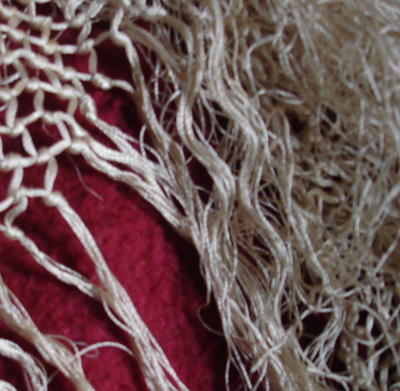




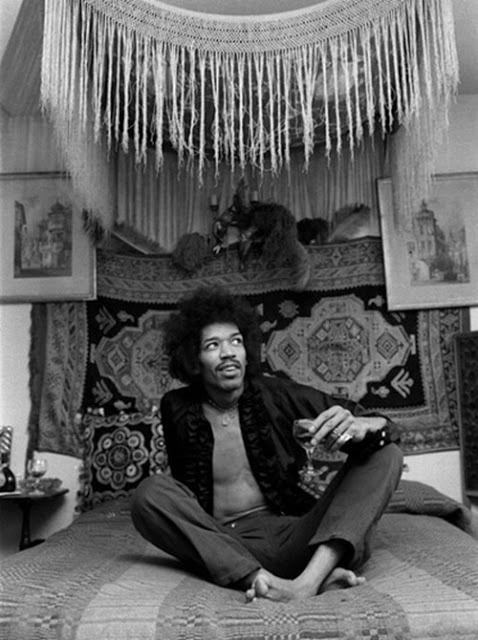

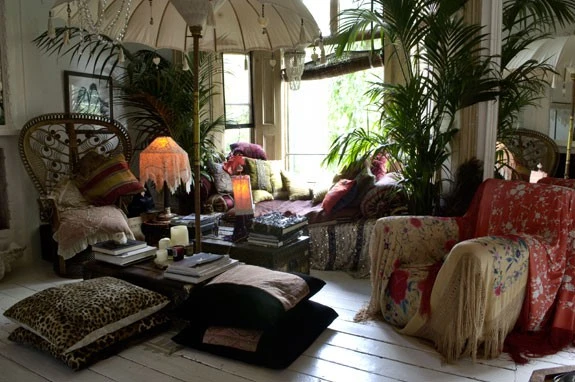
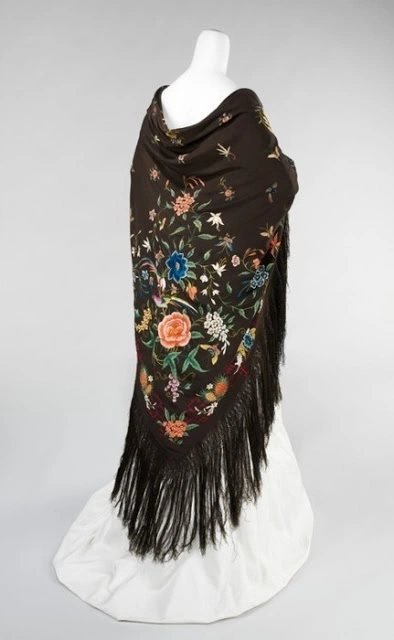
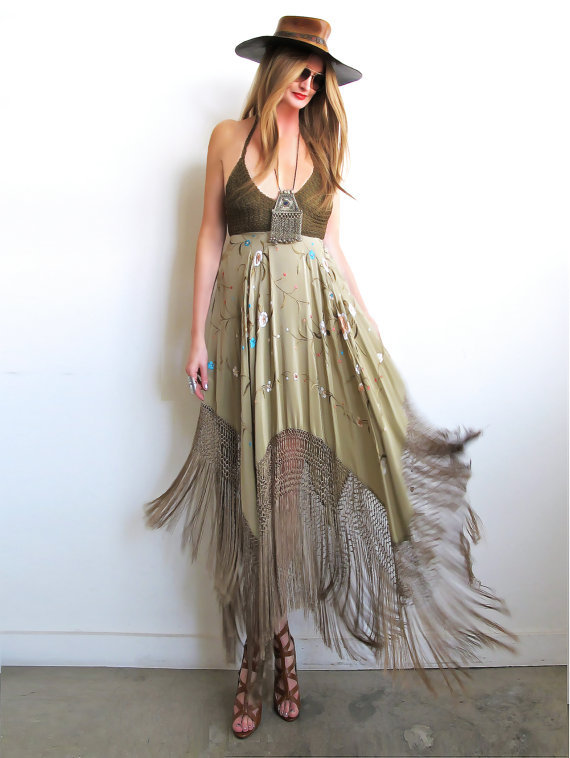

This is a Mantón de Manila and its origin comes back in the XVII when spanish ships returned from China and Philippines. Spanish women popularized them wearing those and learning how to make them since the XVIII century. We still use them as clothing in Spain for Feria, balls and weddings.